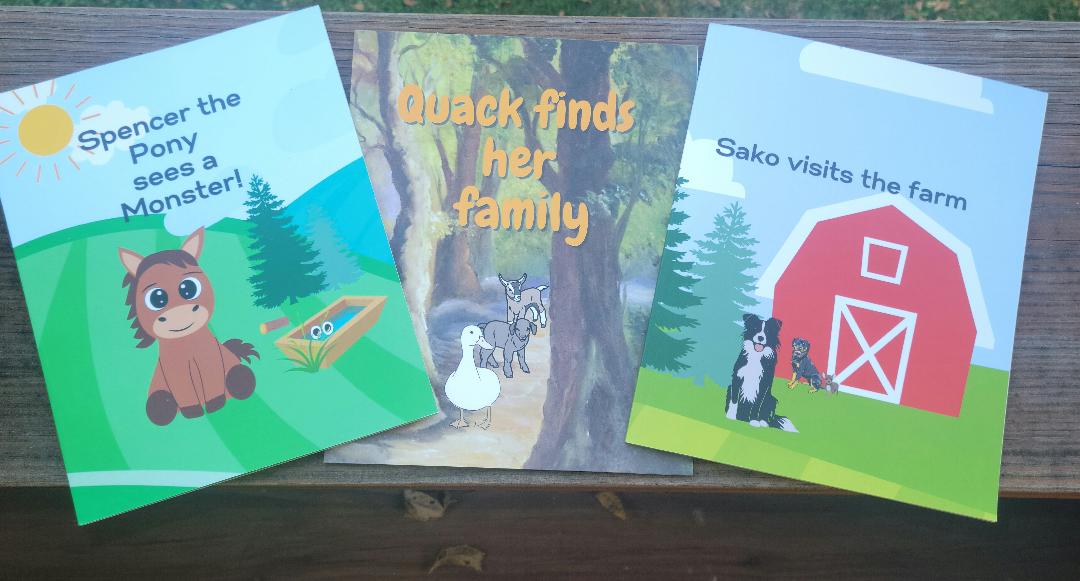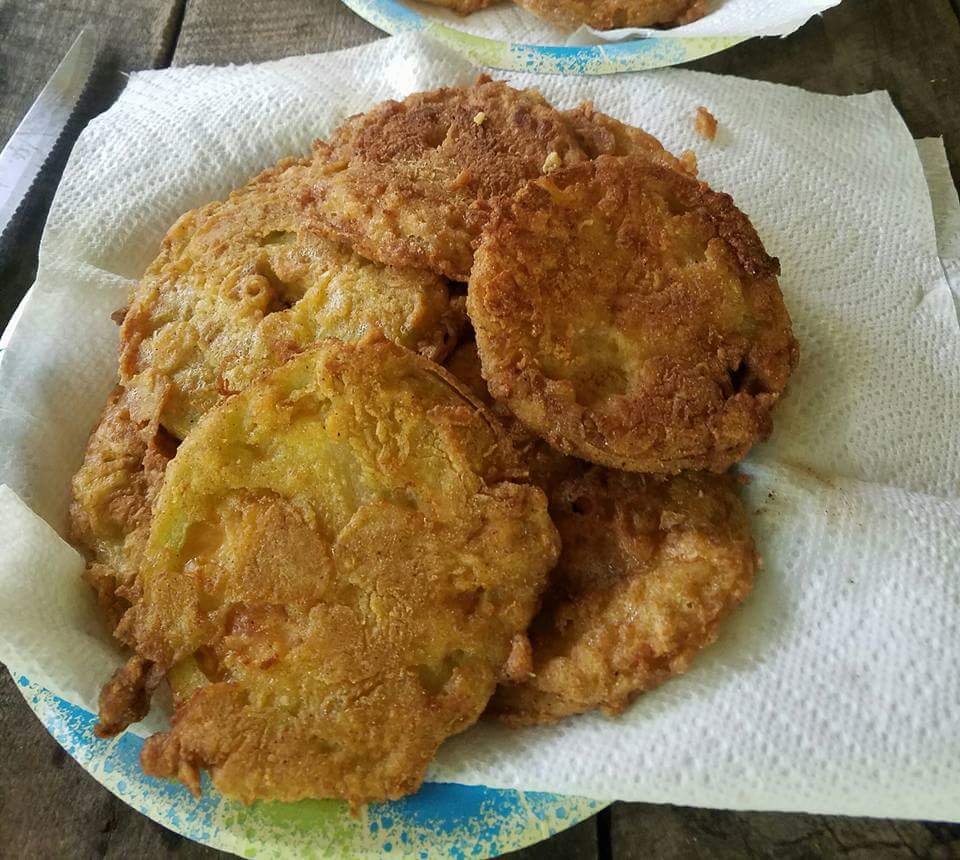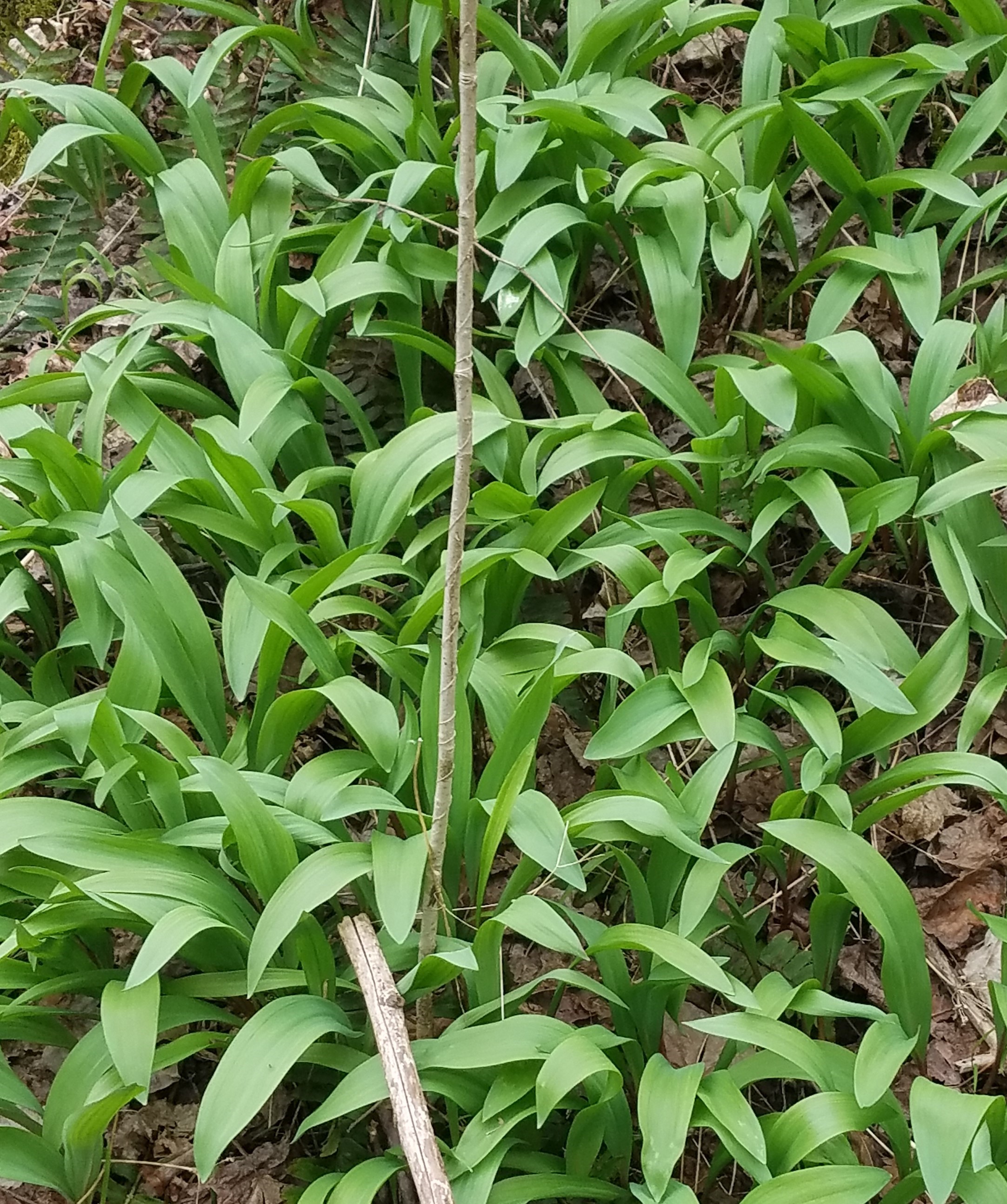Providing information to help you live a Simple Country Life and be as self-sufficient as possible.
Meat Goats
Often called chevon and cabrito, capretto
One of the main goals of our farm is to become as self-sufficient as possible. We have been studying the Goat industry and looking at it as not only a food source for ourselves but also to add to our income. We recognize that with any income venture researching your market is key. Everything we have read has led us to believe that the demand is still high and the supply in our area is still not great. We were very excited to read about the nutritional benefits of goat meat and the low investment for startup. I am sure that we will be starting our own herd soon. This is just a little of the information we found and a few sources you can use for more information.

History of Meat Goats...
Goats are thought to have been one of the earliest domesticated animals. There are cave art depicting goats over 20,000 years old. They are a main source of meat in the middle eastern countries, Southeast Asia, and the Caribbean but recently in the United States.
Since the 1990’s the US Department of Agriculture has taken an interest in the industry because of the increase in demand. As listed on the Report for Federal or State inspected meat packing plants in 1984, 107,299 goats were processed and in 2010, 779,000 had been processed a considerable increase.
Things to consider...
Goat meat is in high demand and prices are still rising.
It requires a lower investment for startup than most livestock.
There is a quicker return on investment. Their gestation period is five months, compared with nine months for cattle and after the first birth twins are normal, triplets and quads are common.
Their small size makes expensive handling equipment unnecessary in small farm settings.
They require less pasture . Six to eight goats require the same amount of improved pasture as a single horse or cow. Goats prefer brush, saplings, briars, and weeds over grass so they can be pastured with cattle or horses. They are great companions for horses. My dad usually has one or two running in with his.

Best Breeds...
Boer, Kiko,, Myotonic (Tennessee Fainting Goat) Savannah, Spanish, or any of these breed combinations are ideal meat producers.
Boer goats are the meat goat I am familiar with and know a little about. They are large size and have a lot of muscle which means more meat. I actually had a meats processing class in high school as part of our Ag program and helped butcher a few goats and sheep. Boer goats can weigh between 150 to 300 pounds. They are considered a very hardy breed.
We are also looking at the Kiko breed from New Zealand. It is supposed to be a great meat producer and easy keeper.

Cooking Goat Meat...
Goat meat is considered red meat and should be handled with the same care as any other type of meat. Take packaged meat home and refrigerate it at 40° F or below: and use with 3 to 5 days. Cook grownd meat to 160° F and cook all raw goat steaks, chops, and roast to a minimum internal temperature of 145° F.
For information on handling the goat meat safely Click on this link to Food Safety information provided by the USDA.
The nutritional value of Goat Meat is surprising. As you can see from the chart goat meat is low in calories and fat and high in protein and iron.
Goat Meat a healthy choice...

This is a helpful publication to understand
my cup runneth over.....Psalm 23:4-6

Recent Articles
-
Childrens story book Spencer The Pony is an exciting fun story
Oct 10, 23 05:40 PM
The childrens story book is about Spencer the Pony. He is our fun Miniature Horse. That is always getting into trouble with his adventures. -
Fried Green Tomatoes
Feb 20, 21 05:18 PM
Country cooking recipe for Fried Green Tomatoes. Simple easy to prepare favorite summer recipe. -
Ramps
Feb 20, 21 05:17 PM
How to crow ramps, cook with them and how they are used in history.

This book is a great reference on Raising Goats..
Click here to learn more about



